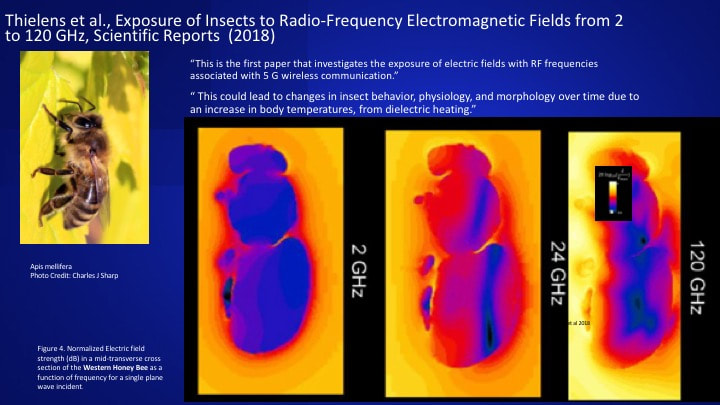What is the safest distance from a 5G cell Tower?

If you've ever walked through a town and spotted tiny mini 5G cell towers on the poles of street lights. They look like little boxes, but they're actually broadcasting wireless signals from cell phone providers to your mobile.
They are replacing the larger specially-designed cell towers. Although they're not as visible, they still can create problems for those who live nearby.
The Federal Communications Commission's Radiation Exposure Thresholds
The FCC's Radiation Exposure Thresholds define the safe distance that one can expose to electromagnetic energy from wireless devices. The exposure limits are based on research which show that the energy of RF can be harmful to human health.
The specific absorption rate (SAR) is an indicator of the radiofrequency energy that is taken up by tissues. It's usually 1.6 milliwatts per kilogram calculated over one gram of tissue.
Since 5g is able to transmit at higher frequencies and has the potential to cause greater energy intensity on the skin as well as other body parts. This can result in a wide range of possible harms, such as an increase in appearance of skin disorders like dermatitis, cancer of the skin and cataracts.
Due to the potential for negative effects of 5G radiation, PSU has chosen to create a general power density limit of 4 mW/cm2 averaged on 1cm2, but not to exceed 30 minutes, for all 5G services at 3000 GHz. This localized limit is consistent with the highest SAR spatial-average of 1.6 W/kg averaged over 1 5 grams of body tissue, at 6 GHz.
The FCC's Maximum Exposure Thresholds for Maximum Exposure
Have you ever used a mobile phone, you probably know that a safe range from the tower is around 400 meters. This is because the power of the transmission of cell towers increases drastically the farther the tower is.
While https://fnote.me/notes/hL3KVm sounds like something that's good but the truth is that people living in close proximity to towers might be more prone to health problems. For safe distance from cell tower , a study from 2014 in India found that those who lived within 50m from cell towers suffered significant more health issues than those who lived farther away from the antennas.
But, the study revealed that those who relocated to areas that were further from cell towers experienced their symptoms return to normal within a couple of days. Studies have also revealed that exposure to high frequencies of radiofrequency electromagnetic fields (EMFs) can cause brain tumors, cancers as well as other health issues.

This is due to the fact that RF radiation, which is utilized in wireless communications, can be absorbed by the body's outer layer, which is the skin. This is important to understand because the skin serves as a shield against mechanical injury, infection from pathogenic microorganisms, as well as infiltration of toxic substances. The skin is the largest organ in the human body, and is responsible for keeping the integrity of other organs.
The FCC's Minimum Exposure Thresholds for the Minimum Exposure
The FCC's Minimum Exposure Thresholds rely on many assumptions that aren't supported by evidence from science. They include the incorrect belief that exposures to RF radiations are not harmful due to the limited radiation penetration in the human body (i.e. the heating of tissues).
The assumption also ignores the more extensive penetration of ELF components of modulated RF signals and the effects of short bursts of heat from pulsed RF waves. These assumptions are not in line with the current understanding of biological consequences of RF radiation, and thus they shouldn't be used for health protective exposure standards.
Additionally to that, ICNIRP and FCC limit its maximum levels of radiation exposure for local peak SARs that are based on the peak speed of spatial absorption (psSAR) which is not a reliable dosimetric instrument for determining the level of exposure to RF radiation. Particularly it is inconclusive for frequencies that exceed 6 GHz. In what is a safe distance from a 5g cell tower , psSAR is not been tested for RF radiation exposed to other agents of the environment such as sunlight. In the event of interactions, RF radiations with different agents in the environment could result in antagonistic or synergistic results. This could result in an increased risk of adverse health effects. For instance, exposure to RF radiation with sunlight may increase the risk of developing skin cancer, as well as aggravate other skin disorders, such as acne.
